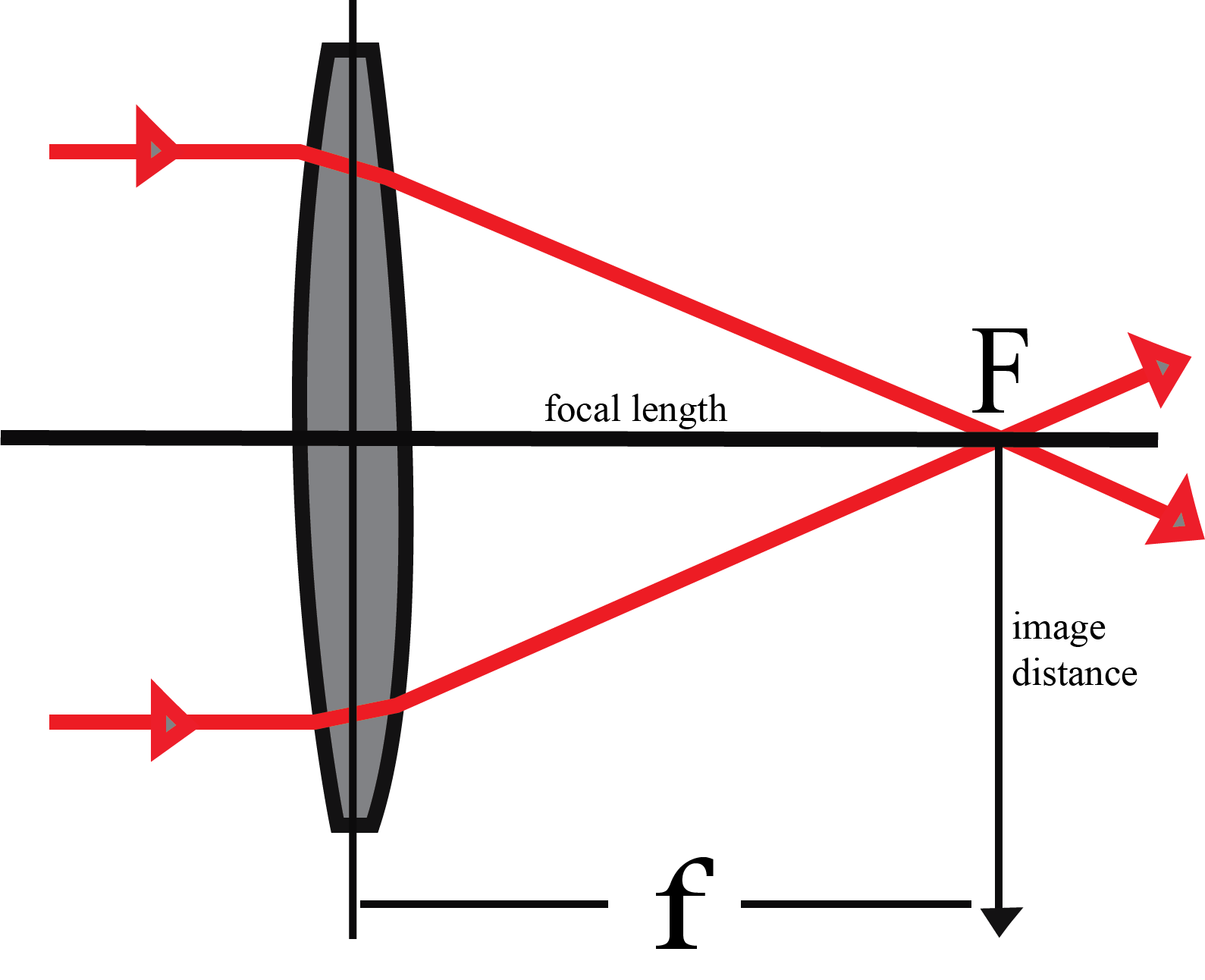
The value of the focal length of the lens is equal to the value of the image distance when rays are
(A) Passing through optical center
(B) Parallel to the principal axis.
(C) Passing through focus.
(D) Over the mirror
Answer
490.8k+ views
1 likes
Hint
Distance of focus from the optical center is equal to the distance of the image from the optical center. We have to find the situation then this condition is possible. We will draw a ray diagram and use lens formula to find the behavior of rays for this image formation.
Complete step by step answer

Focal length: distance between focus and optical center.
Image distance: distance between image and optical center.
Optical center: central point of spherical surface is the center of the lens both in concave as well as convex lens.
Len’s formula
Where f = focal length of lens
v= image distance
o= object distance
Lens formula is the same for concave lenses as well as for convex lenses.
It is mention in question that focal length = image distance or f=v …(2)
Using equation (2) in (1), we get
Rays are coming from infinity and will pass through focus. This shows that the object is placed at infinity.
Let us draw a ray diagram of image formation by convex lens.
When an object is placed at infinity, a parallel beam strikes the lens and will pass through focus. Rays coming from center will follow the same path. Hence an inverted image is formed.
Option (B) is correct.
Note
If the object is placed at focus then no image is obtained. But in our case the image formed at a distance which is equal to focal length. So, we cannot place an object anywhere because it is at some point in infinity.
Distance of focus from the optical center is equal to the distance of the image from the optical center. We have to find the situation then this condition is possible. We will draw a ray diagram and use lens formula to find the behavior of rays for this image formation.
Complete step by step answer

Focal length: distance between focus and optical center.
Image distance: distance between image and optical center.
Optical center: central point of spherical surface is the center of the lens both in concave as well as convex lens.
Len’s formula
Where f = focal length of lens
v= image distance
o= object distance
Lens formula is the same for concave lenses as well as for convex lenses.
It is mention in question that focal length = image distance or f=v …(2)
Using equation (2) in (1), we get
Rays are coming from infinity and will pass through focus. This shows that the object is placed at infinity.
Let us draw a ray diagram of image formation by convex lens.
When an object is placed at infinity, a parallel beam strikes the lens and will pass through focus. Rays coming from center will follow the same path. Hence an inverted image is formed.
Option (B) is correct.
Note
If the object is placed at focus then no image is obtained. But in our case the image formed at a distance which is equal to focal length. So, we cannot place an object anywhere because it is at some point in infinity.
Latest Vedantu courses for you
Grade 11 Science PCM | CBSE | SCHOOL | English
CBSE (2025-26)
School Full course for CBSE students
₹41,848 per year
Recently Updated Pages
Master Class 9 General Knowledge: Engaging Questions & Answers for Success

Master Class 9 English: Engaging Questions & Answers for Success

Master Class 9 Science: Engaging Questions & Answers for Success

Master Class 9 Social Science: Engaging Questions & Answers for Success

Master Class 9 Maths: Engaging Questions & Answers for Success

Class 9 Question and Answer - Your Ultimate Solutions Guide

Trending doubts
Give 10 examples of unisexual and bisexual flowers

Draw a labelled sketch of the human eye class 12 physics CBSE

Differentiate between homogeneous and heterogeneous class 12 chemistry CBSE

Differentiate between insitu conservation and exsitu class 12 biology CBSE

What are the major means of transport Explain each class 12 social science CBSE

Why is the cell called the structural and functional class 12 biology CBSE




